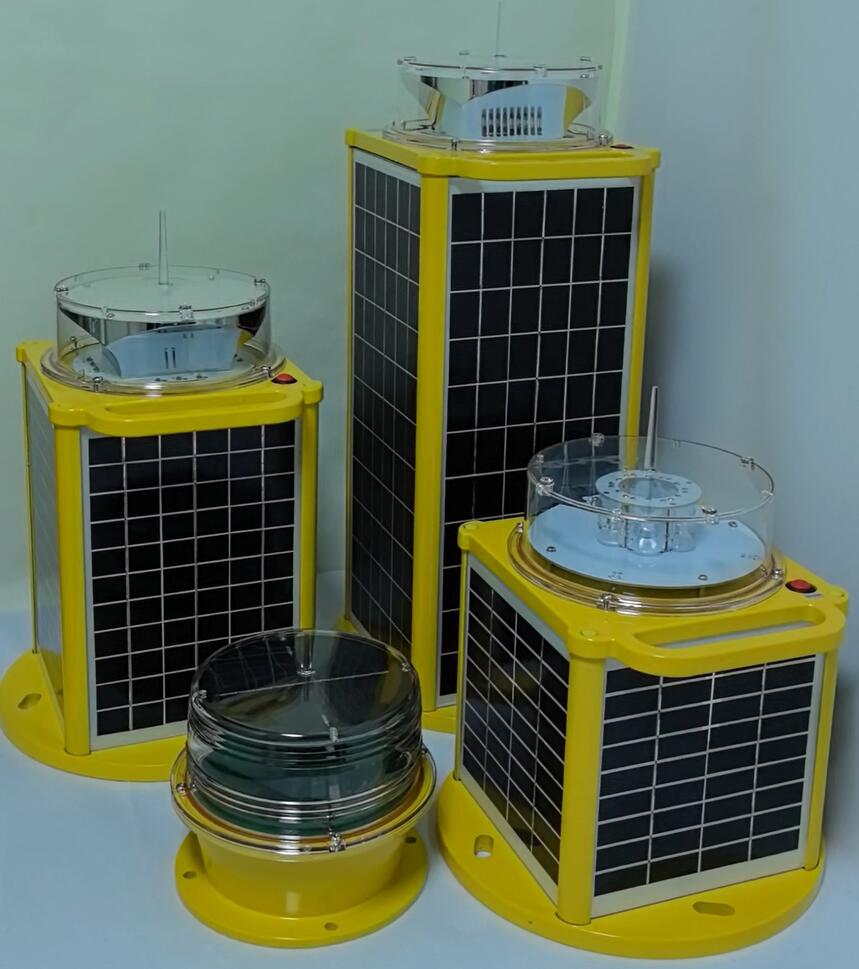Self Contained Marine Lanterns: The Autonomous Guardians of Modern Maritime Navigation
Introduction: A New Era in Marine Lighting Technology
The maritime industry is witnessing a silent revolution with the widespread adoption of self contained marine lanterns. These fully autonomous lighting systems are redefining marine navigation by eliminating dependency on external power sources while delivering unmatched reliability. As ports, offshore installations, and waterways demand smarter infrastructure, self contained marine lanterns emerge as the ultimate solution combining sustainability, durability, and cutting-edge technology.
Why Self Contained Marine Lanterns Are Transforming Maritime Safety
Traditional marine lighting systems face persistent challenges:
Complex wiring and grid dependency
Frequent maintenance in harsh conditions

High vulnerability to corrosion and extreme weather
Self contained marine lanterns overcome these limitations through:
✔ Complete Energy Independence – Integrated solar panels and high-capacity batteries ensure uninterrupted operation
✔ Ultra-Durability – Marine-grade materials withstand saltwater, storms, and UV exposure
✔ Zero Maintenance Design – 5+ years of service-free operation
✔ Smart Connectivity – Remote monitoring and automated diagnostics
| self contained marine lanterns |
Critical Applications Across Maritime Sectors
1. Unmanned Offshore Navigation Aids
Autonomous channel markers
Hazard buoy lighting
Wreck identification systems
2. Port and Harbor Infrastructure
Dock edge illumination
Breakwater perimeter lighting
Security zone demarcation
3. Renewable Energy Installations
Wind farm safety lighting
Floating solar farm markers
Tidal energy zone warnings
4. Specialized Military/Rescue Operations
Rapid-deployment harbor lighting
Covert mission markers
Disaster response navigation aids
Engineering Breakthroughs in Modern Systems
1. Advanced Power Management
Triple-junction solar cells (23%+ efficiency)
| self contained marine lantern |
Lithium-titanate batteries (-40°C to +85°C operation)
Energy harvesting from wave motion
2. Next-Gen Optical Systems
Adaptive LED arrays (500-10,000 lumens)
Dynamic beam shaping technology
True color rendering for fog penetration
3. Unprecedented Durability
Nano-ceramic anti-corrosion coating
Pressure-resistant to 50m depth
Hurricane-proof mounting systems
Smart Features Redefining Marine Lighting
1. Autonomous Performance Adjustment
Light intensity adapts to:
Ambient visibility conditions
Vessel traffic density
Weather patterns
2. Predictive Maintenance Alerts
Battery health monitoring
Solar panel efficiency tracking
Theft/vandalism detection
3. Networked Intelligence
Mesh communication between units
AIS integration for vessel awareness
Cloud-based fleet management
Global Compliance and Certification
Modern self contained marine lanterns meet stringent standards:
IALA Recommendation E-210 (2023)
SOLAS Chapter V updates
ABS/ENIGMA offshore classifications
IP69K waterproof rating
Case Studies: Real-World Impact
1. Baltic Sea Navigation Upgrade
1,200 traditional buoys replaced
92% reduction in maintenance costs
Zero outages during winter storms
2. Singapore Smart Port Initiative
Fully autonomous lighting network
Integrated with vessel traffic systems
40% energy savings versus grid-powered
3. Caribbean Hurricane Recovery
Deployed within 24 hours post-storm
Operated continuously for 28 days
Enabled critical aid deliveries
Future Horizons: 2025 and Beyond
1. Self-Healing Materials
Microcapsule-based corrosion repair
Shape-memory alloy components
2. AI-Optimized Navigation
Machine learning traffic patterns
Predictive hazard lighting
Autonomous position adjustment
3. Quantum Dot Lighting
200% brighter than conventional LEDs
Ultra-precise wavelength control
50-year theoretical lifespan
Selection Guide for Maritime Professionals
1. Environmental Considerations
Tropical vs. arctic variants
Deep water vs. shallow models
High-traffic vs. remote area versions
2. Performance Requirements
Luminous range (1-15 nautical miles)
Flash characteristics (ISO 19363)
Darkness-to-dawn runtime
3. Compliance Needs
Regional maritime authority approvals
Specific waterway regulations
Military/industrial standards
Conclusion: The Autonomous Future of Marine Navigation
Self contained marine lanterns represent more than just an equipment upgrade – they signify a fundamental shift in how we approach maritime safety. These intelligent systems deliver:
Unprecedented operational reliability
Dramatic reduction in lifecycle costs
Enhanced environmental sustainability
Future-proof smart capabilities
As global shipping traffic intensifies and offshore energy expands, the transition to autonomous lighting solutions becomes imperative. Self contained marine lanterns stand ready to illuminate the path forward – quite literally – for safer, smarter, and more sustainable waterways worldwide. The age of dependent marine lighting is ending; the era of intelligent autonomy has begun.
